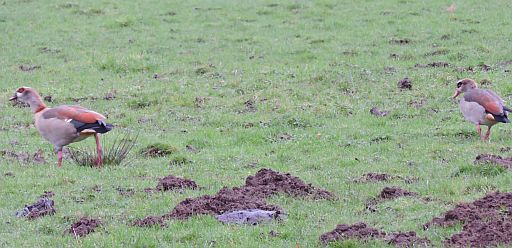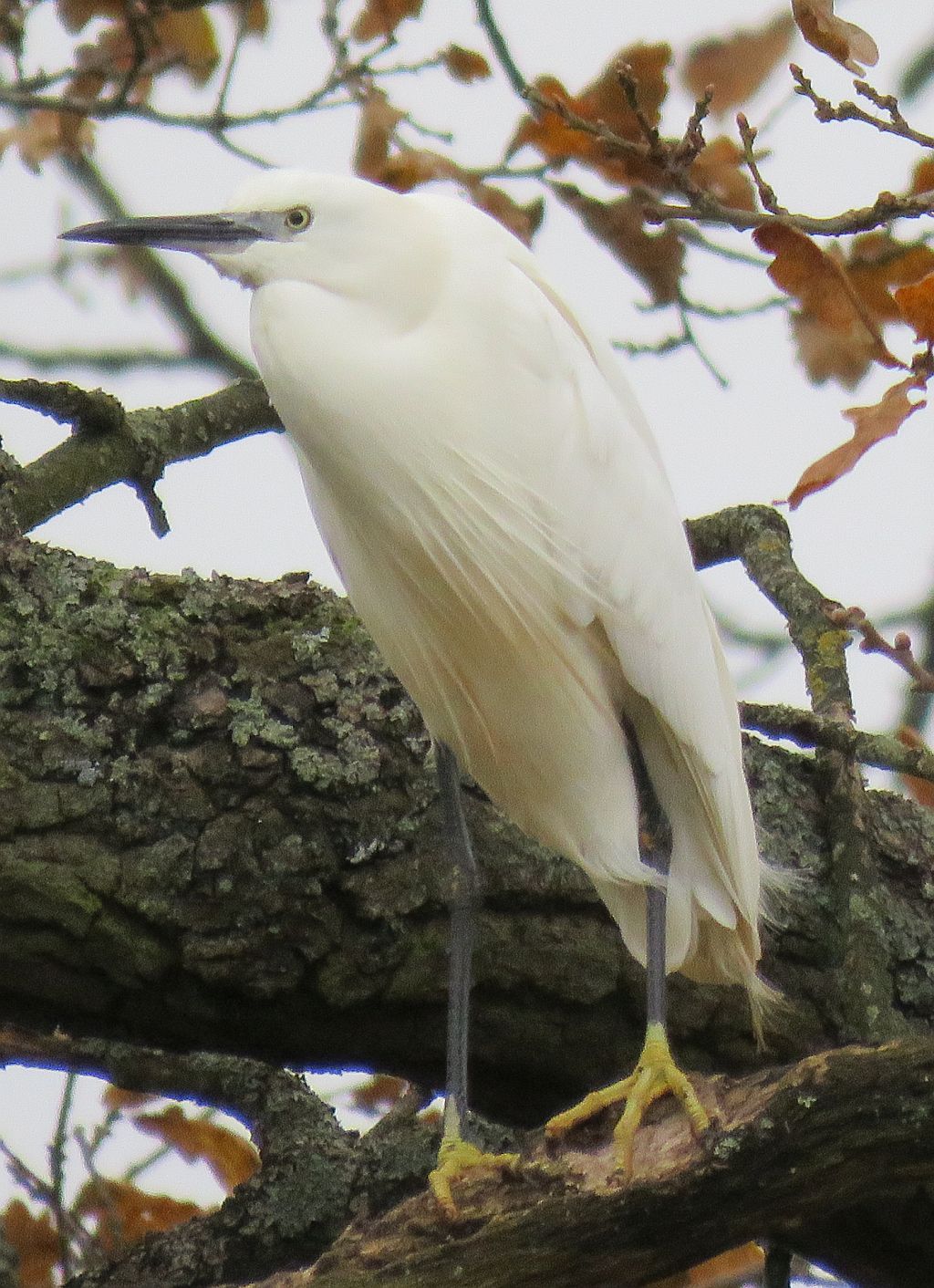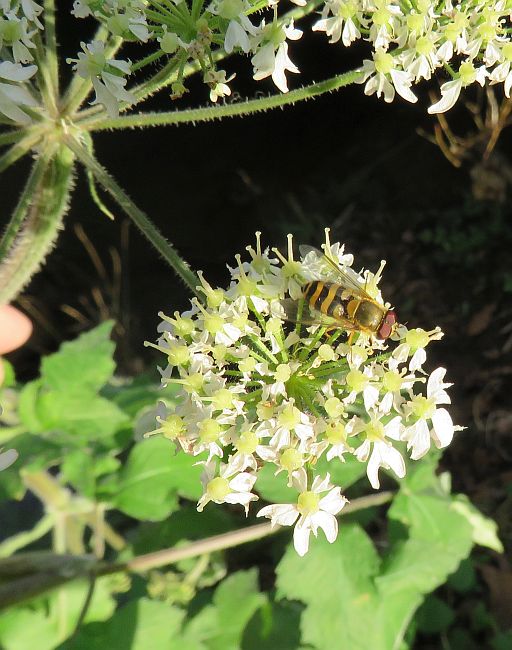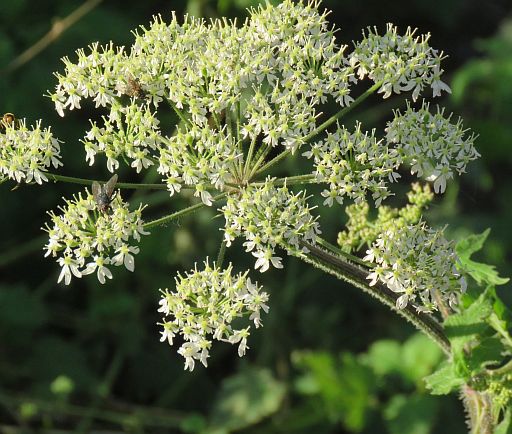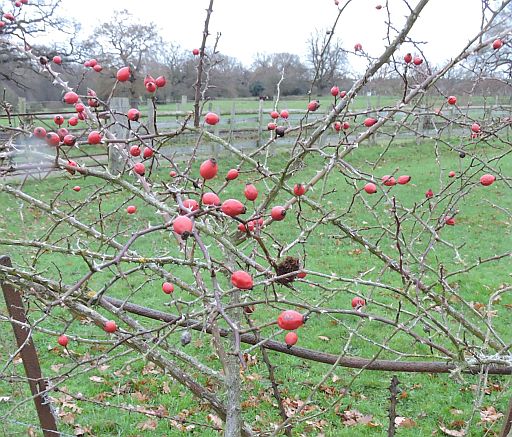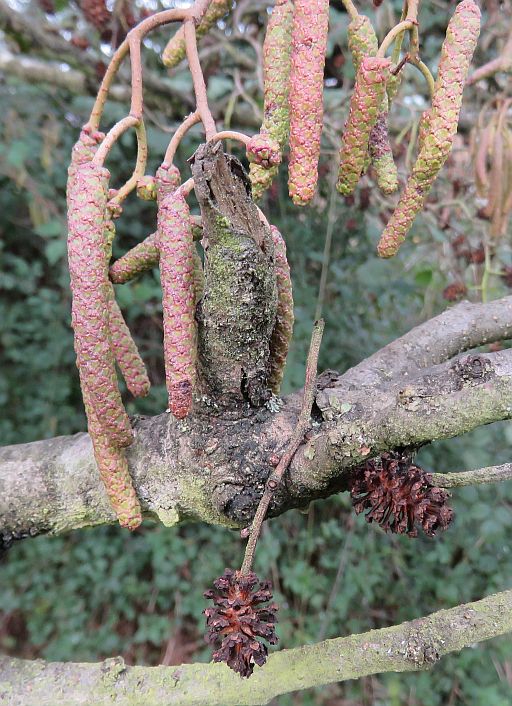
Click on the link to send in your sightings info@foteb.org.uk
For previous months sightings see Archive
The "Area Seen" refers to the 10 sections that the Brook has been split into for monitoring purposes (see Wildlife page under Monitoring ).
All sightings unless stated are from personal observations by Eddie Napper
Click on any picture to see a larger image
|
Birds 28/12/15
20/12/15 In Area 4 this morning between ripple stream Bridge and Kingfisher Bridge 3 female and 1 male Bullfinch were seen in the bushes alongside the Emm.20 Redwing flew over and a flock of 15 Siskin were feeding in the Alder trees by the pond. 19/12/15 At 1500 today at least 20 Herring Gull were fying over Area 5 in small flocks. earlier in the day the Little Egret flew over Brookside heading for the river at 13:00. 18/12/15 In Area 5 this morning at 10:39 the Little Egret flew over Brookside heading for the river. 13/12/15 Area 4 & 5 this morning. No sign of the Little Egret but a report from a dog walker that 2 had been seen mid-week in the Emm to the rear of Morrissons. Near Kingfisher Bridge 2 Goldcrest were feeding in the trees.Also seen on the walk were Grey Wagtail and Great spotted Woodpecker . 12/12/15
10/12/15 The Little Egret was seen again this morning in the Emm in Area 5, to the rear of Morrissons before flying to the riverside trees by Ripplestream Bridge. At least 15 Redwing were feeding in the open space to the rear of Windmill School and its good to hear the Song Thrush singing again in the dawn chorus, that seems to have started again. A Kingfisher was seen flying along the Emm Brook in Area 10 at Dinton Pastures by Richard Marsh. 06/12/15
05/12/15 In Area 5 this morning a Little Egret was in the trees by the Emm near Ripplestream Bridge . 5 Siskin were amongst the Goldfinch flock. 15 Redwing were battling against the strong wind. 03/12/15 A Little Egret was seen walking across the open space near Ripplestream Bridge and a Grey Heron was feeding in the Emm. 02/12/15
01/12/15 In Area 4 this morning Paul Bright-Thomas was watching from his garden.His sightings included 2 Siskin flying over calling. 3 Song Thrush were seen, 1 singing and 2 high over NE. But the highlight of the morning was 5 Raven directly above his house , low SW, strung out in a group . The first two called softly, the others calling inaudibly. |
Insects 28/12/15
19/12/15 With the mild weather still continuing what I believe to be a Buff-tailed Bumblebee Bombus terrestris was seen flying around my Area 5 garden this morning in weak sunshine.. Other Wildlife Mammals
02/12/15 With the mild weather continuing a report of a bat probably a Pipistrelle Pipistrellus pipistrellus seen by Paul Bright-Thomas over his Area 4 garden this morning was noy unexpected. Fungi
09/12/15
Molluscs
Fish/ Crustacean |
Plant/Trees
28/12/15
12/12/15
09/12/15
05/12/15
Why do leaves change colour in the Autumn click here Autumn leaves For a review of the sightings along the Emm for the first 8 months of 2014 click here May - August 2014 Sightings |

